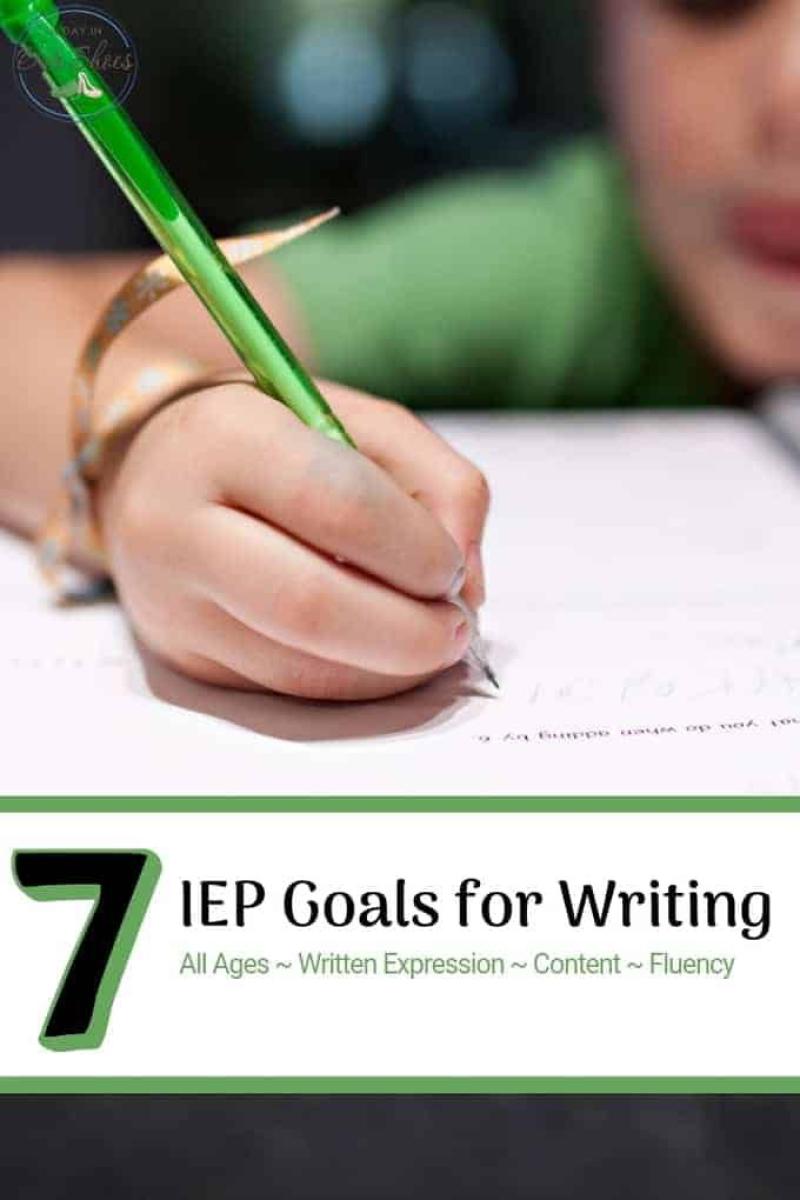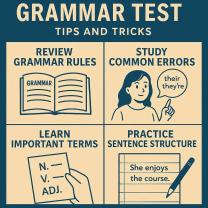How to write a basic IEP goal?
Individualized Education Program (IEP) goals are specific, measurable objectives designed to address the unique needs of a student with a disability. Writing a basic IEP goal involves several fundamental steps to ensure clarity, specificity, and relevance to the student's educational needs. Here's a guide on how to write a basic IEP goal:
Identify the Student's Present Level of Performance:
- Begin by assessing the student's current abilities and academic performance. This serves as a baseline to determine where the student is starting from.
Identify the Student's Needs:
- Identify the areas in which the student requires support or improvement. This could include academic, behavioral, communication, social, or other functional areas.
Use SMART Criteria:
- Ensure that the goal is Specific, Measurable, Achievable, Relevant, and Time-bound (SMART).
- Specific: Clearly define what the student will achieve.
- Measurable: Establish clear criteria for measuring progress.
- Achievable: The goal should be realistic and attainable.
- Relevant: Align with the student's needs and educational objectives.
- Time-bound: Set a timeframe for achieving the goal.
- Ensure that the goal is Specific, Measurable, Achievable, Relevant, and Time-bound (SMART).
Write the Goal in Clear Language:
- Express the goal in clear, concise language that is easily understood by educators, parents, and the student. Avoid jargon and technical terms unless they are necessary.
Include the Target Behavior or Skill:
- Clearly state the behavior or skill that the student is expected to demonstrate. This is the observable and measurable aspect of the goal.
Include Conditions and Criteria:
- Specify any conditions under which the goal will be addressed (e.g., with prompts, in a certain setting) and the criteria for success.
Example of a Basic IEP Goal:
- Example Goal: "By [date], given [specific conditions], [Student's name] will [behavior/skill] with [percentage or frequency] accuracy as measured by [assessment tool]."
- Example IEP Goal for Reading: "By the end of the school year, given a 2nd-grade level passage, [Student's name] will read and comprehend the text with 90% accuracy as measured by teacher observation and comprehension assessments."
- Example Goal: "By [date], given [specific conditions], [Student's name] will [behavior/skill] with [percentage or frequency] accuracy as measured by [assessment tool]."
Involve the IEP Team:
- Collaboration is key. Involve the student (when appropriate), parents, special education teachers, general education teachers, and other relevant professionals in the goal-setting process.
Monitor and Adjust:
- Regularly monitor the student's progress toward the goal and make adjustments as needed. If the goal is met, consider developing new goals based on the student's evolving needs.
Document and Communicate:
- Ensure that the IEP goal is documented in the student's IEP document. Communicate the goal to all relevant stakeholders, including teachers, parents, and any support staff working with the student.
Remember that IEP goals should be tailored to each student's individual needs and should reflect the collaborative efforts of the IEP team to support the student's academic and functional development.
What are the key elements in formulating a basic IEP (Individualized Education Program) goal?
Formulating a basic IEP goal requires careful consideration of several key elements to ensure it effectively guides and supports a child's educational journey. Here's a breakdown of the essential components:
1. Measurable:
- The goal should be clearly defined and measurable, allowing for objective assessment of progress.
- Use specific verbs and quantifiable terms to track progress, avoiding vague statements like "improve reading skills" or "become more social."
- Examples: "Student will increase reading fluency by 20 words per minute within the next semester." or "Student will initiate conversations with at least two peers during lunch break each day."
2. Attainable:
- The goal should set a realistic and achievable target for the child, based on their current abilities, learning style, and potential.
- Setting overly ambitious goals can lead to frustration and discouragement for the child.
- Consider the child's individual needs and development when setting achievable benchmarks.
3. Results-Oriented:
- The goal should focus on achieving specific results and demonstrating progress in the desired area.
- It should not solely focus on effort or participation, but on the actual outcomes of the learning process.
- Examples: "Student will demonstrate mastery of multiplication facts by correctly answering 90% of problems on timed assessments." or "Student will write paragraphs using proper grammar and sentence structure."
4. Time-Bound:
- The goal should have a specific timeframe for achieving the desired outcome.
- This allows for monitoring progress and making adjustments as needed.
- Timeframes should be realistic and reflect the complexity of the goal and the child's individual pace of learning.
5. Specific:
- The goal should be clear and specific, leaving no room for ambiguity or misinterpretation.
- It should detail the specific skill, behavior, or knowledge the child is working towards.
- Examples: "Student will identify and name common shapes with 80% accuracy." or "Student will ask clarifying questions when unsure of instructions."
6. Individualized:
- The goal should be tailored to the individual needs and strengths of the child, considering their specific learning disabilities or challenges.
- It should not be a generic goal applied to all students with similar disabilities.
- The IEP team should collaborate to develop a goal that aligns with the child's unique learning plan.
Additionally:
- Focus on positive outcomes: Framing the goal in terms of what the child will be able to do, rather than what they need to overcome, fosters a positive learning environment.
- Consider input from all stakeholders: The IEP team, including parents, teachers, and specialists, should collaboratively develop the goal to ensure it reflects all perspectives and expertise.
- Regularly review and revise: IEP goals should be revisited and adjusted as needed to reflect the child's progress and changing needs.
By adhering to these key elements, you can formulate effective and meaningful IEP goals that guide and support a child's individual learning journey. Remember, successful IEP goals are clear, measurable, attainable, results-oriented, time-bound, specific, and individualized.












